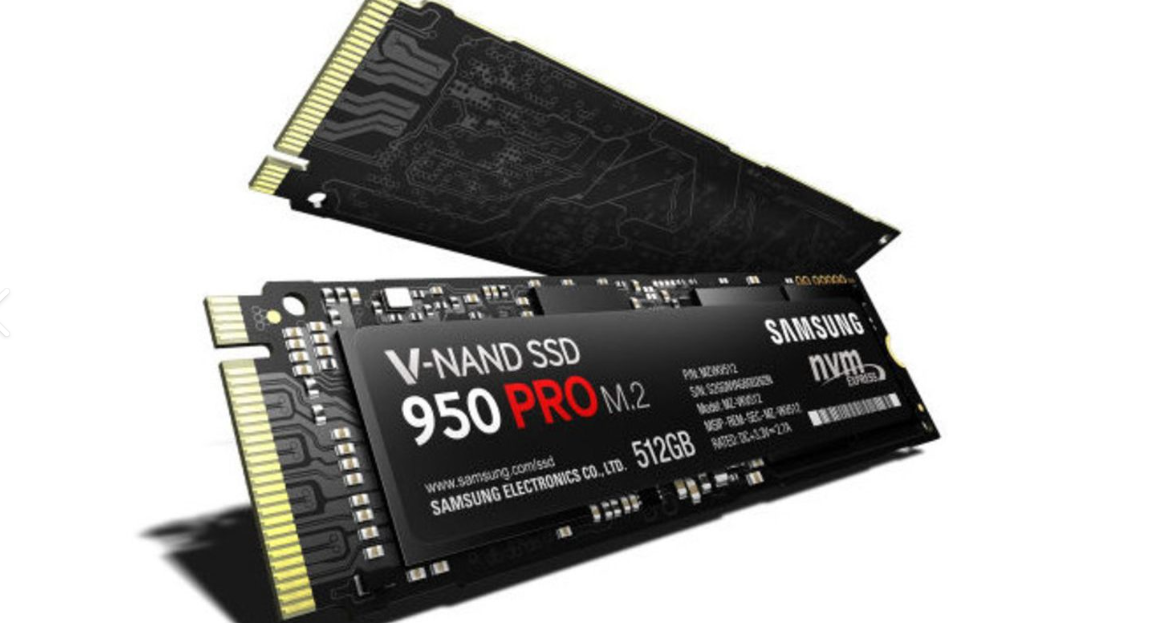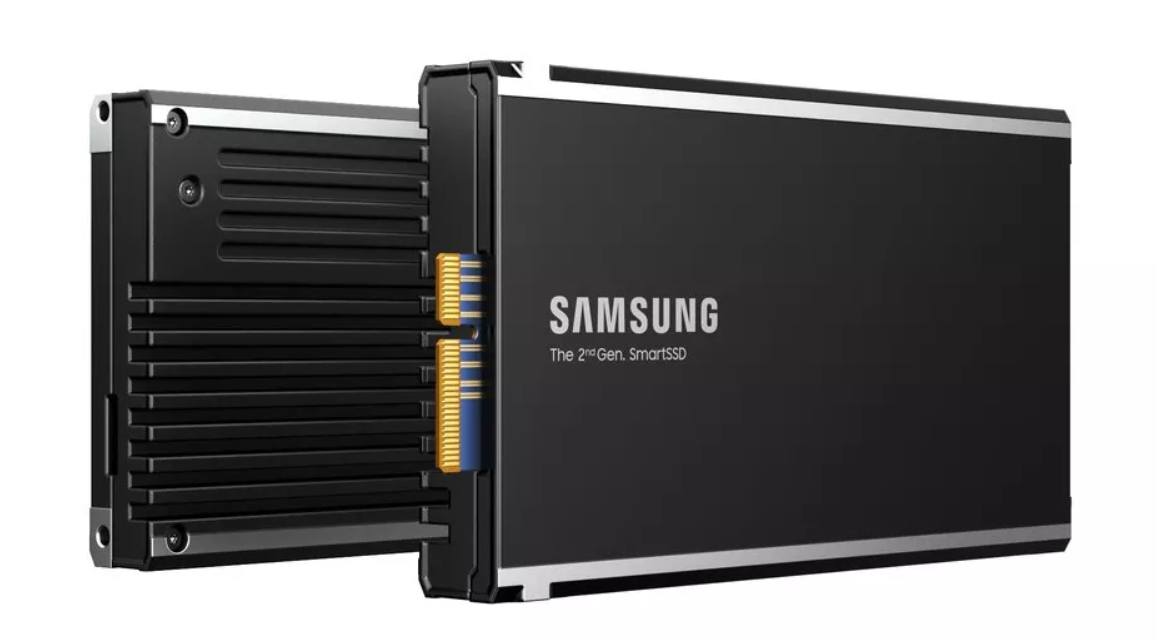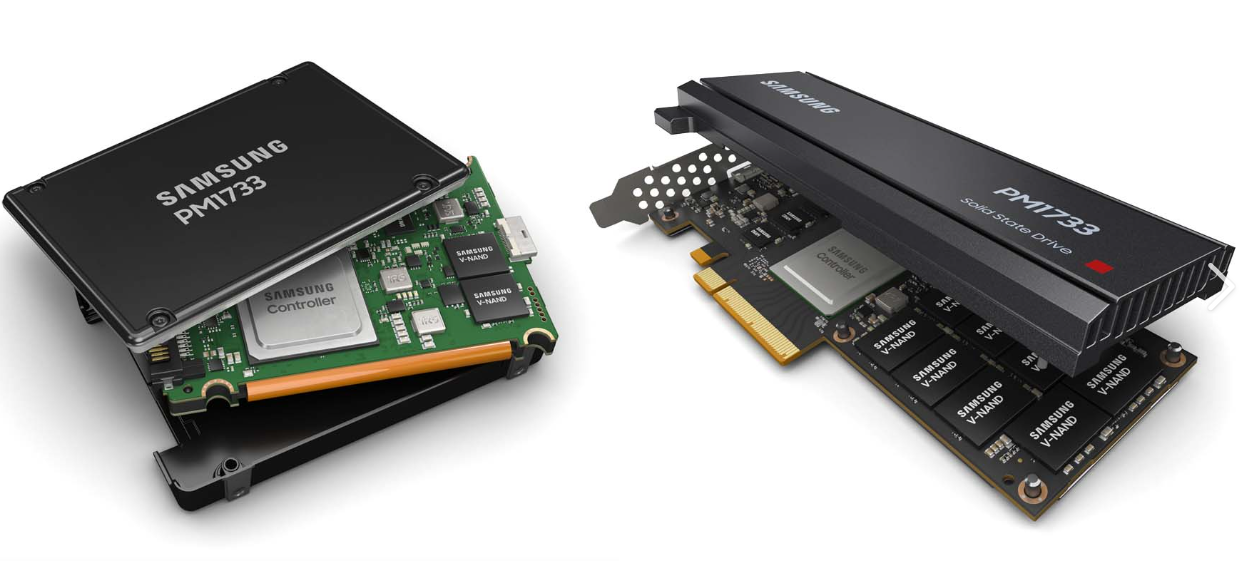The second generation of Samsung Electronics’ Smart SSD, a drive designed for businesses and competent in much more than simply data storage, has been made public.

The newest SSD is a computational storage device (CSD), that processes data locally to eliminate bottlenecks caused by data transfers between memory and the RAM, GPU, and CPU.
The second-generation SmartSSD, powered by an AMD Xilinx SoC, is claimed to reduce processing time for demanding database queries by 50% and energy usage by up to 70% when compared to conventional non-CSD setups.
The future may lie in computational storage(SSD)
For several years now, computational storage has been heralded by industry participants as one of the upcoming breakthroughs in computing.
Such systems may be divided into two categories: those that embed processors directly into the storage device (like Samsung‘s SmartSSD) and others that transfer computer activities to a memory accelerator that is situated near the storage drive.

Although computational storage is not appropriate for all use scenarios, it can profoundly accelerate systems where I/O capacity, rather than computing performance, is the bottleneck.
In an interview , Richard New, VP of Research at Western Digital, stated that “there is a broad group of apps that benefit from dispatching compute features from a primary CPU to a more effective processing engine which is more matched to the particular problem of interest.”
In the area of storage, we may classify apps like database acceleration, video transcoding, and compression as belonging to this group. A video transcoding and storage device can help a video server stream information at multiple quality levels more effectively while eliminating needless I/O and data transfers throughout the system.
But creating a successful CSD hasn’t been simple. The relatively low-performance cores that can be built into storage have been unable to match the speed available with a standard CPU since SSDs typically use 100% of their power and cooling resources to serve their primary job.
But thanks to improvements in CPU and software, Samsung seems to have, at the very least, partially surmounted these obstacles.

The business originally introduced the SmartSSD in 2020 and has since sold the drive to many “major IT firms.” The South Korean company anticipates a significant increase in the market for CSDs over the coming years.
According to Jin-Hyeok Choi, Executive Vice President and Head of Memory Solution Product & Development at Samsung, the debut of the first-generation SmartSSD in conjunction with AMD demonstrated the computational storage industry’s enormous potential.
With the increased computational capability of the 2nd-generation SmartSSD, Samsung will be able to respond rapidly to expanding customer demands in the database and video transcoding fields as we push the next-generation storage industry’s boundaries.
When the second-generation gadget will be available in stores is yet unknown.
Source: Techradar
Also read about: Scanning QR Code Using a Samsung Galaxy Phone
